Mangkalamya: Skilled Artisans
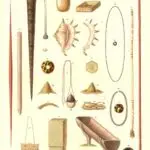
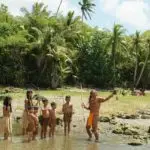
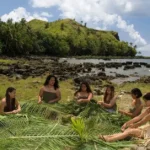
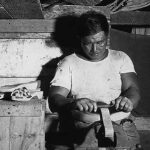
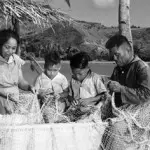
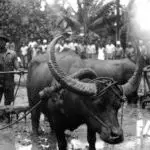
Skilled artisans
In ancient CHamoru/Chamorro society, each CHamoru was expected to possess knowledge and ability in a wide range of skilled, but unspecialized tasks, generally dictated by gender. For example, women were expected to be skilled in the weaving of many objects, and men were to be skilled at fabrication of basic tools. All CHamorus were expected to know many different fishing and farming techniques.
Mangkalamya could be anyone who was well versed in the trades assigned to their gender, but would more appropriately describe someone who was proficient in the tasks of the opposite gender, such as a man who was good at weaving.
With the Spanish introduction of specialized trades such as herrero, or blacksmithing, a CHamoru could be a kalamya if they were skilled in this trade as well as those expected from anyone else in the community. During the American period, this type of person would be called a “jack of all trades.”
For further reading
Cunningham, Lawrence J. Ancient Chamorro Society. Honolulu: Bess Press, 1992.
I Manfåyi: Who’s Who in Chamorro History. Vol. 1. The Hale’-ta Series. Hagåtña: Political Status Education and Coordinating Commission, 1995.
Russell, Scott. Tiempon I Manmofo’na: Ancient Chamorro Culture and History of the Northern Mariana Islands. Saipan: Commonwealth of the Northern Mariana Islands Division of Historic Preservation, 1998.
Topping, Donald M., Pedro M. Ogo, and Bernardita C. Dungca. Chamorro-English Dictionary. Honolulu: University of Hawai’i Press, 1975.
